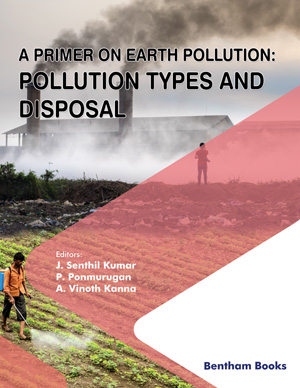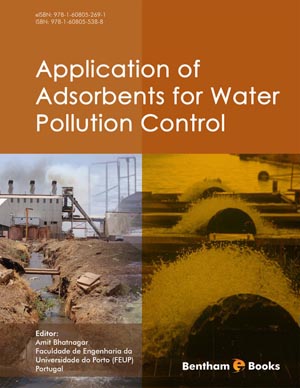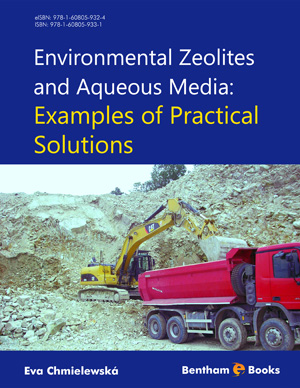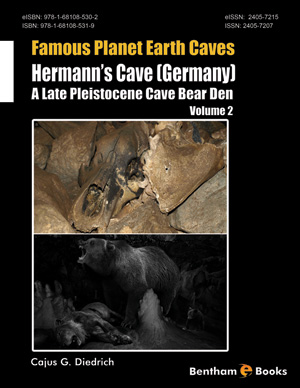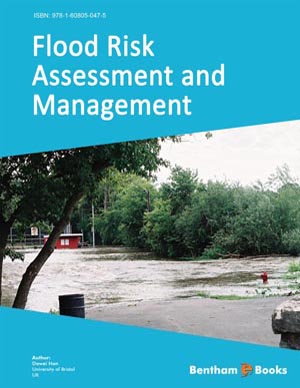Abstract
Many of the chemicals and prescription drugs utilized in health care foundations are risky substances. Therefore, risk assessment sounds to be one of the tight evolving appurtenances for developing convenient management methods which will assist in hazardous waste management decision.
Some dangerous substances induce venomous effects on humans or the surroundings, once casual exposure, these venomous effects are described as acute toxicity. As for the prolonged exposure to these dangerous substances, it is called chronic toxicity.
Furthermore, one of the world health organization's functions is to supply objective and reliable data and recommendation within the field of human health, a responsibility that it accomplishes to some extent through its publication programs. Hazardous waste reduction provides regulatory benefits as well.
The exposure to noxious substances has a range of effects on biological systems. The present review will highlight the evidence of the association between exposure to hazardous wastes, and threshold limits of the susceptibility of anomalies, besides, the protective proceedings.
Keywords: Biological Effects, Congenital Anomalies, Hazardous Waste, Health, Threshold.



